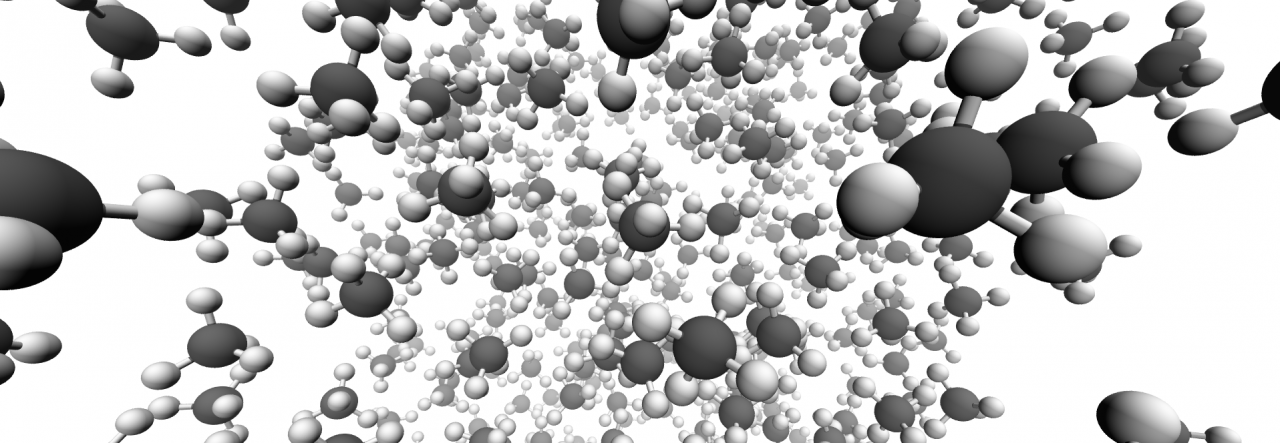Hello, I’m a scientist at the intersection of physics, chemistry, and computer science (specifically machine learning). Currently I’m a postdoc at Aalto University, Finland, in Dr. Miguel Caro’s Data-Driven Atomistic Simulations (DAS) Group. Before this, I was at the COSMO laboratory, led by Prof. Michele Ceriotti, at EPFL in Switzerland. I completed my PhD in the research group of Prof. Gábor Csányi at the Engineering Laboratory, University of Cambridge, and as part of the CDT CMM (Centre for doctoral training in computational methods for materials science). This site primarily exists to collect information about my past and present research projects as well as some past projects and writings I didn’t want to lose track of.
Websites
- Google Scholar and ORCiD
- Aalto Research page (not as up-to-date as the above because it’s extra work, and also… Elsevier)
- Github for all my software projects
- Mastodon/Fediverse (new!)
- eX-
Twitternow defunct for obvious reasons. Try Mastodon above, or LinkedIn, I suppose.
Other social media: Only if you know me personally. (Yes, this means you, headless-torso Grindr profile looking for “Networking”…)
Brief CV
2022 – present : Postdoc (aka Scientist), Data-driven Atomistic Simulations (DAS) Group: Dr. Miguel Caro, Department of Chemistry and Materials Science (CMAT), Aalto University, Finland
2018 – 2022 : Scientist, Laboratory for Computational Science and Modeling (COSMO): Prof. Michele Ceriotti, École Polytechnique Fédérale de Lausanne, Lausanne, Switzerland.
2015 – 2018: PhD in the Department of Engineering, University of Cambridge. Supervisor: Prof. Gábor Csányi.
2014 – 2015: MPhil in Scientific Computing (with distinction) at the University of Cambridge. Thesis: “Locality of forces in molecular systems”, supervisor: Gábor Csányi
2010 – 2014: B.S. in Physics (summa cum laude) and in Computer Science at the University of Minnesota – Twin Cities. Thesis: “Stochastic simulation of genetic regulatory networks with delays”, advisor: Prof. Jorge Viñals
Jun – Aug 2013: Computational physics summer workshop at Los Alamos National Laboratory. Report LA-UR-13-26449, “Eigenfunction decomposition of reactor perturbations and transitions using MCNP Monte Carlo”, produced with Colin Josey, mentor: Forrest Brown
Jul – Aug 2011: Undergraduate research project at the University of Minnesota. Report: “Computation of defects in materials”, advisor: Prof. Mitchell Luskin, mentor: Brian Vankoten
Open science
Code and supporting data is available online for all my recent research projects. If you can’t find the link in the relevant publication, drop me a line and I’ll be happy to help out.
Non-Academic
Jan 2017 – Sep 2018: LGBT+ welfare officer for the Churchill College MCR (graduate student community)
Nov 2015 – Jan 2017: Secretary for the Churchill College MCR bar, “The Vicious Penguin”
Jun – Aug 2010: Technology intern at Thomson Reuters
I’ve also been involved in FIRST robotics since high school, programming robots and later mentoring a team of high school students in programming their own robots.
Software
My current go-to for smallish programs is Python with NumPy, SciPy, Matplotlib, and Jupyter notebooks for interactive work and data analysis. I was formerly involved in the COSMO group’s development of the group’s new code, librascal, for efficient calculation of atomic-scale representations with a C++ template-based core and a more user-friendly Python interface. We used this code to power the simulations behind some research projects, notably for modeling the different ferroelectric phases of barium titanate (BTO). Its successor code is currently under development at COSMO, but I’ve personally shifted my own focus to working with the TurboGAP code developed in the DAS group.
In the past, I’ve also contributed to the QUIP developer’s code for molecular simulation and machine learning, written in Fortran 95 with MPI/OpenMP parallelism and a deep Python interface (quippy) as well as an interface to the popular molecular simulation code LAMMPS. My previous projects have been done in C, C++, and Java; most of the robotics programming was in these languages and in LabVIEW.
I use LaTeX for documents and presentations, and would pick manually formatted text over Microsoft Word any day.
